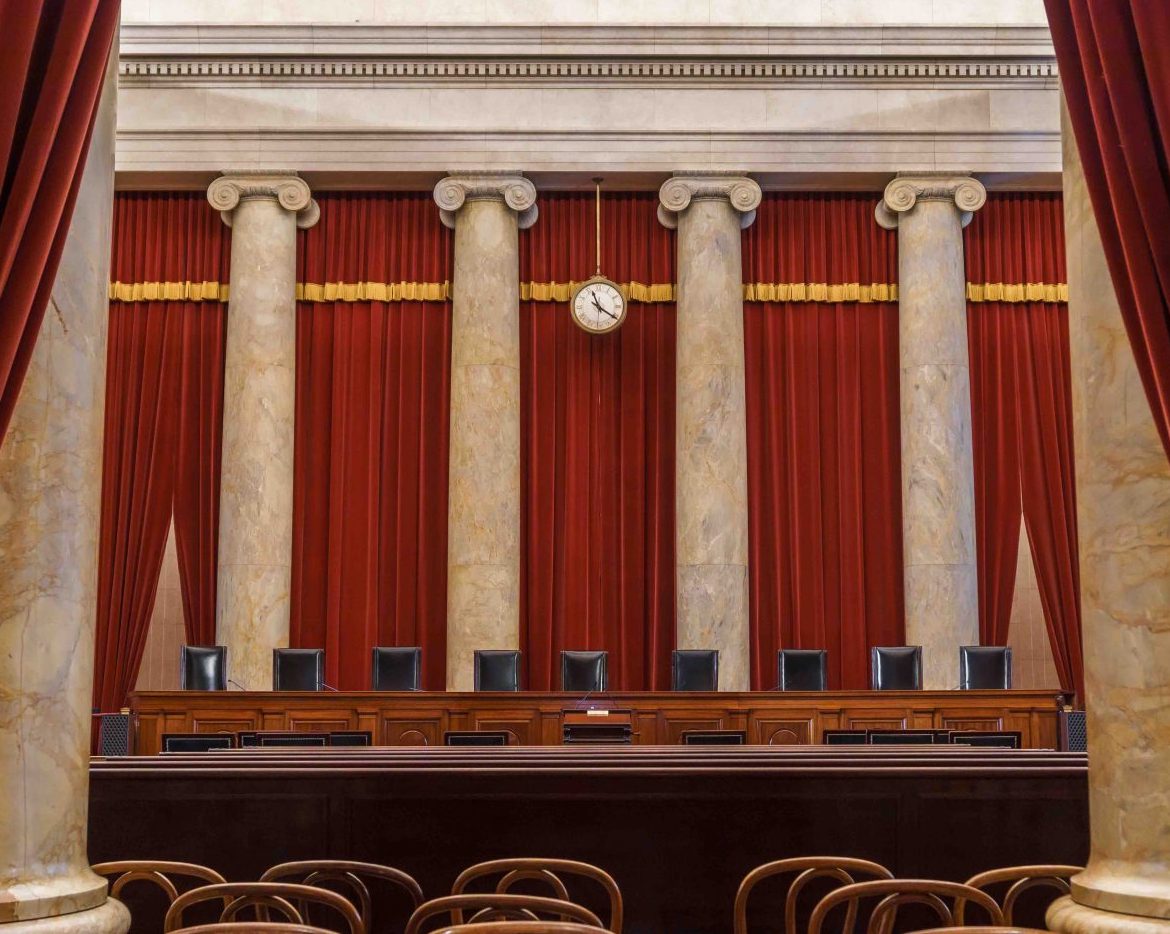What currently remains on the emergency docket


The Supreme Court has been on summer recess for more than two months, but you wouldn’t know it if you’ve been following the emergency docket. Since late June, the justices have issued dozens of orders and opinions in response to emergency applications, many of which came from the Trump administration. Just this week, for example, the justices announced their decisions in three emergency docket cases, including a major dispute over immigration stops in Los Angeles and surrounding counties.
Monday’s decision on immigration stops extended the Trump administration’s remarkable win streak in front of the Supreme Court. It was the 18th time in a row that the justices have granted an emergency request from the administration, according to Steve Vladeck.
And we may soon see if that streak extends to 20. As of Thursday, there were two requests from the Trump administration for the court to intervene. Here’s a closer look at these two cases.
A Federal Trade Commission firing
In Trump v. Slaughter, the Trump administration has asked the Supreme Court to temporarily pause a ruling that requires the reinstatement of Rebecca Slaughter, a commissioner on the Federal Trade Commission whom Trump fired in March.
Slaughter challenged her dismissal in a federal court in Washington, D.C., contending that Trump did not have the authority to remove her. The law establishing the FTC says that commissioners “may be removed by the President for inefficiency, neglect of duty, or malfeasance in office,” and Trump did not cite any of those factors when he told Slaughter to go.
In July, U.S. District Judge Loren AliKhan ordered Slaughter’s reinstatement, declaring that she “remains a rightful member of the Federal Trade Commission until the expiration of her Senate-confirmed term on September 25, 2029.” The Trump administration appealed AliKhan’s decision to the U.S. Court of Appeals for the District of Columbia Circuit, which upheld the ruling by a 2-1 vote.
On Thursday, Sept. 4, the Trump administration asked the Supreme Court to intervene and allow Trump to fire Slaughter. Chief Justice John Roberts temporarily granted that request on Monday.
The case is significant, because it gives the court an opportunity to address the status of a 1935 decision called Humphrey’s Executor v. United States, in which the court affirmed that FTC commissioners can only be removed for cause. In the Trump administration’s Sept. 4 filing, Solicitor General D. John Sauer contended that today’s FTC has little in common with the FTC of 1935. He said that the current case should instead be controlled by recent decisions on the emergency docket allowing Trump to remove members of the National Labor Relations Board, the Merit Systems Protection Board, and the Consumer Product Safety Commission without good cause.
Roberts ordered Slaughter to respond to the Trump administration’s appeal by 4 p.m. EDT on Monday, Sept. 15.
Cuts to foreign aid funds
In Department of State v. AIDS Vaccine Advocacy Coalition, the Trump administration – for the third time since February – has asked the Supreme Court to clear the way for it to freeze billions of dollars of foreign-aid funds. The key question in the case is whether the president has the authority to refuse to spend money that previously was set aside by Congress to support foreign-aid programs.
The conflict began when Trump issued an executive order on Jan. 20 with the goal of “reevaluating and realigning” foreign aid. In it, he instructed federal agencies to pause their foreign aid programs and then assess whether they aligned with the country’s foreign policy objectives. Secretary of State Marco Rubio responded to the order by freezing foreign aid payments from the State Department and U.S. Agency for International Development.
Rubio’s decision prompted a lawsuit from several organizations that had received foreign-aid funds or represented members who had received them. They contended that the Trump administration can’t withhold funds that have been earmarked by Congress for foreign aid.
The case came before U.S. District Judge Amir Ali, who has ruled for the challengers several times over the past eight months, and the Trump administration has gone to the Supreme Court three times to seek changes to Ali’s orders. The justices denied the first of those requests, but asked Ali to “clarify” what the Trump administration had to do to satisfy his order. The Trump administration withdrew its second emergency application before the justices weighed in.
The pending application, filed on Sept. 8, is focused on an order from Ali directing the Trump administration to spend $4 billion in foreign-aid funds by Sept. 30. Sauer contends that the president has a right to propose such a rescission and that Congress hasn’t yet exhausted its 45-day window to respond to Trump’s proposal to rescind the money.
On Tuesday, Roberts said the Trump administration does not need to meet the Sept. 30 deadline, noting that the recission proposal is currently pending before Congress. He ordered the challengers to respond to the Trump administration’s appeal by 4 p.m. EDT on Friday.
Future cases
In the near future, the Trump administration may bring several more cases to the emergency docket, including a dispute over Trump’s firing of Federal Reserve Gov. Lisa Cook. That case is currently before the federal appeals court in Washington, but the administration might ask the Supreme Court to get involved before the appellate court acts, because it wants to be able to fire Cook before the Fed meets on Sept. 16 and 17 to consider lowering interest rates.
Only time will tell if the these cases will extend the Trump administration’s win streak on the emergency docket.
Posted in Court Analysis, Emergency appeals and applications
Cases: Trump v. Slaughter, Department of State v. AIDS Vaccine Advocacy Coalition